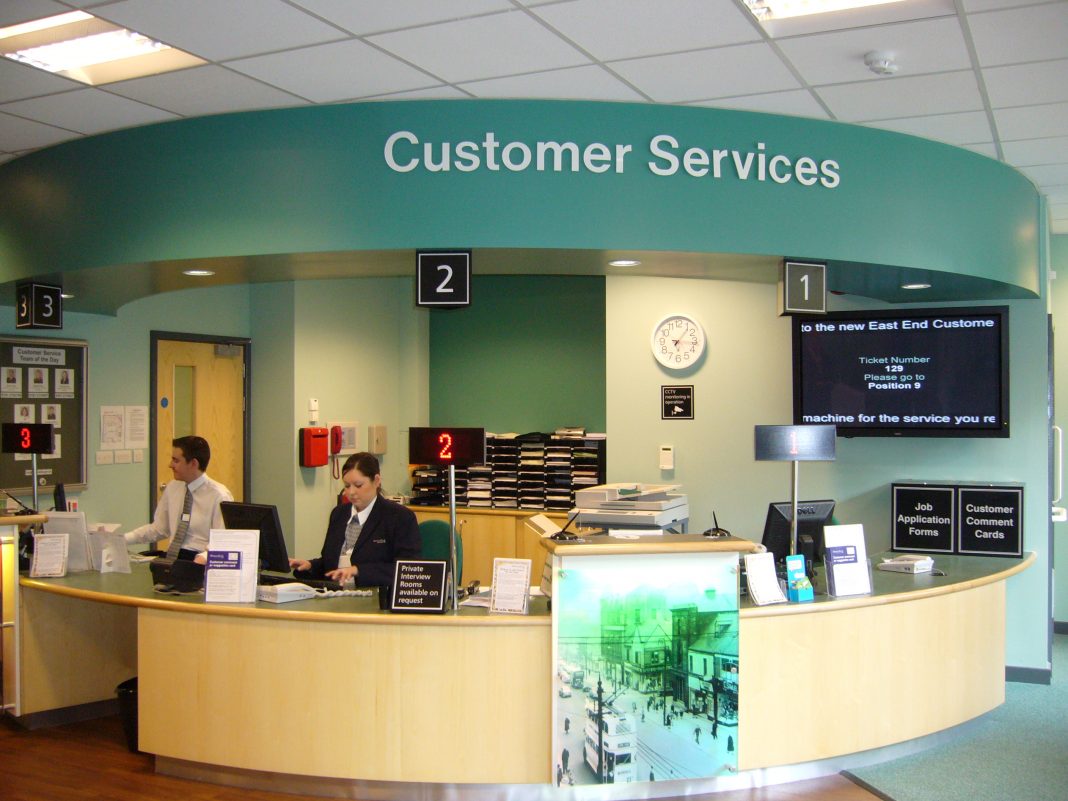By: Nathaniel Tok, Peak Associate
Customer satisfaction affected by use of pronouns
SFU Business professor Brent McFerran believes that customer service training is teaching staff the wrong way to address customers.
McFerran’s study, published in the Journal of Marketing Research, with data from lab experiments and companies, analyzes the use of pronouns in affecting customer perception of customer service interactions. The study finds that customer services representatives (CSRs) who use “I” instead of “we” lead customers to feel that the CSR understands them and is helping them.
In contrast, current practices have CSRs talking to customers using terms such as “we” (the company) serve “you” (the customer), leaving out the “I” (the CSR).
A customer service interaction which incorporated the use of a more personal “I” resulted in higher reported satisfaction from the customer, which then led to higher purchase intent, and actual purchases. On the other hand, the use of “you” by CSRs might have less-than-positive results on customer satisfaction.
McFerran believes that his results indicate that companies should retrain CSRs, especially when doing business online. “As more businesses make the shift to an online store presence, the more important it is to consider how their CSRs are communicating with their customers,” says McFerran.
SFU mechatronics working on creating sensors for early earthquake warning
SFU Mechatronics professor Behraad Bahreyni and his team at the Intelligent Sensing lab are working with microsystems like ultra-sensitive accelerometers, which help detect examples of significant seismic activity before they happen.
The lab first started working with accelerometers to create cheaper and more compact sonars. Bahreyni saw the potential of accelerometers to detect sound waves, such as seismic pressure signals from earthquakes or high frequency vibrations along pipelines as a result of potential gas leaks, making the technology applicable to earthquake-related scenarios.
The accelerometers work by measuring “seismic mass” displacement from vibrations to detect seismic pressure waves coming from earthquakes. The accelerometers have a noise level and bandwidth many times better than the current devices on the market.
Bahreyni’s technology provides an alternative to the currently-available seismic sensors, which cannot be used widely due to their high price.
The professor believes that having more sensors can help in the event of an earthquake, stating that “a few seconds to minutes of heads-up warning to the public could drastically reduce the negative impact of an earthquake.”
According to Bahreyni, the engineering and design skills of his students were essential, noting that they had to create “new methods, just to test the devices.”
The work has resulted in the startup axSense Technologies.




